Photo by Firmbee.com on Unsplash
Diversity, equity, and inclusion are top of mind for many companies. In this blog, we’ll focus on inclusion and inclusive behavior, along with unconscious bias. What is inclusive behavior and why is it important? What are examples of inclusive behavior? Can you ever eliminate bias from the workplace? We invited Jack Patton, CEO and Founder of STRE.ME, to join one of our podcast episodes to answer those questions and more. Let’s first start with finding out more about STRE.ME.
What is STRE.ME?
According to STRE.ME’s website:
Backed by Techstars and Elevate Ventures and trusted by enterprise and military customers, STRE.ME’s platform enables diversity and people leaders to improve teamwork and productivity by building and measuring inclusive behavior.
STRE.ME (pronounced stream) is the culmination of research and real-world application with a mission to help improve the way people work together.
Who is Jack Patton?
I had a great chat with Jack Patton on our podcast. Here’s more information based on his LinkedIn profile:
Serving in several leadership positions provided great lessons about working with others. It’s why I launched STRE.ME — to help people improve the way they work together. It’s humbling and rewarding to see how STRE.ME’s platform enables diversity and people leaders to build and measure inclusion practices. As a startup founder invested in social impact, this is a journey I’m grateful to live, one day at a time.
Now, let’s dig into the topic of the podcast, How To Build And Measure Inclusive Behavior.
What Is Inclusive Behavior And Why Is It Important?
Inclusive behavior is conscious, engaged behavior that creates a sense of belonging, making others feel welcome, and being curious about and aware of the world around you.
What Is An Example Of What Inclusive Behavior Looks Like?
An example is with communication and how team dynamics affect the way inclusive behavior shows up personally and in the world around us. It’s important to think about how unconscious biases affect how we see and interact with the world. This can mean finding biased news or information, and being aware of a stereotype when it shows up. It’s key to look at systems, policies, and practices to ensure they all promote equitable outcomes. For leaders, it’s important to role model your behavior to be more conscious, inclusive, and be more empathetic all the way to the point of creating positive influence around you.
What Is An “In Group” At Work?
An in group refers to a group of people that share a common connection. It might be age, race, gender, and a number of things. It might be that in that in group situation, if we’re unaware of our unconscious tendency or thought, it’s easy to automatically assume that someone in the in group shares the same thought, feeling or ideology as you. For example, it would be really easy for me to see somebody who looks like me, is my same age, and lives in Chicago to assume that they’re a Cubs fan. When in reality, they may be a White Sox fan, some other baseball fan, or they may hate baseball altogether. So, in the workplace, we have to make sure we don’t speak or act on behalf of someone else in our in group.
How Does A Company Understand All The Types Of Potential Bias That Can Exist?
You must understand the organizational design and audit the systems and structures of the organization. You should look at identifying growth opportunities and gaps in places that need to be improved. And then acknowledge that there’s no cure for biases. To be human is to have unconscious biases – they just are what they are. They will never go away. But what an organization can do is learn how to develop more inclusive behaviors that interrupt bias when people become aware of them.
Discover More
There’s much more we cover in the podcast, such as:
- How do you build awareness of bias?
- How can an organization start building and measuring inclusive behavior?
- What does it mean that systems run the business and people run the systems?
- How many points of unconscious bias can be measured?
- What are some targeted interventions that can reduce the effects of bias in the workplace?
- And more!
Listen to the whole podcast here: How To Build And Measure Inclusive Behavior. Enjoy!



